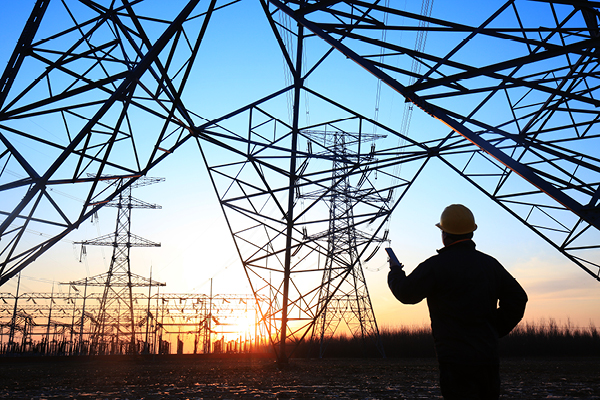Non-commodity costs are the many network charges and green levies added to energy invoices that typically account for as much as 60% of your total invoiced electricity costs.
But even though that share has declined due to the huge hike in gas and power prices we’ve seen since last September, they still represent a large chunk towards your overall energy costs – around £80 per megawatt hour (MWh) for electricity, and £9 for gas.
And sadly, these charges are set to increase further, especially for gas.
The factors driving rising costsFrom a network charges perspective, there are a number of reasons for this, including:
- The (hopefully short-term) impact of rising inflation
- The (again, hopefully short-term) knock-on effect of high wholesale commodity prices
- Transitioning to a more diverse, decentralised and decarbonised energy generation – and all the network upgrades this requires
- Recent reviews by Ofgem that are changing the way these charges are calculated – meaning many businesses could end up paying more
We explore these reasons, as well as explaining how the electricity network is organised and which services result in the different charges you pay – in our two-part ‘Understanding the UK Energy Market: A Focus on Non-Commodity Charges’ report for free
here.
To complete the non-commodity charges picture, you’ll also get automatic access to part two of the report which focuses on the various green levies added to invoices (available next week). This will also share more on plans to shift some subsidies from electricity to gas, plus the new Green Gas Levy that’s been added to invoices from April 2022.
As ever, if you have any questions or concerns about your energy invoices or the charges contained within them, do please get in touch with your Client Lead or Account Manager (existing customers). Or drop us an email to
info@npowerbusinesssolutions.com 

/npm214%20Digital_H_UB101.jpg)
.jpg)
/npm214%20Digital_H_UB108.jpg)
/npm214%20Digital_H_UB142.jpg)



/Author%20Profile%20Caple_Claire_W.png)
